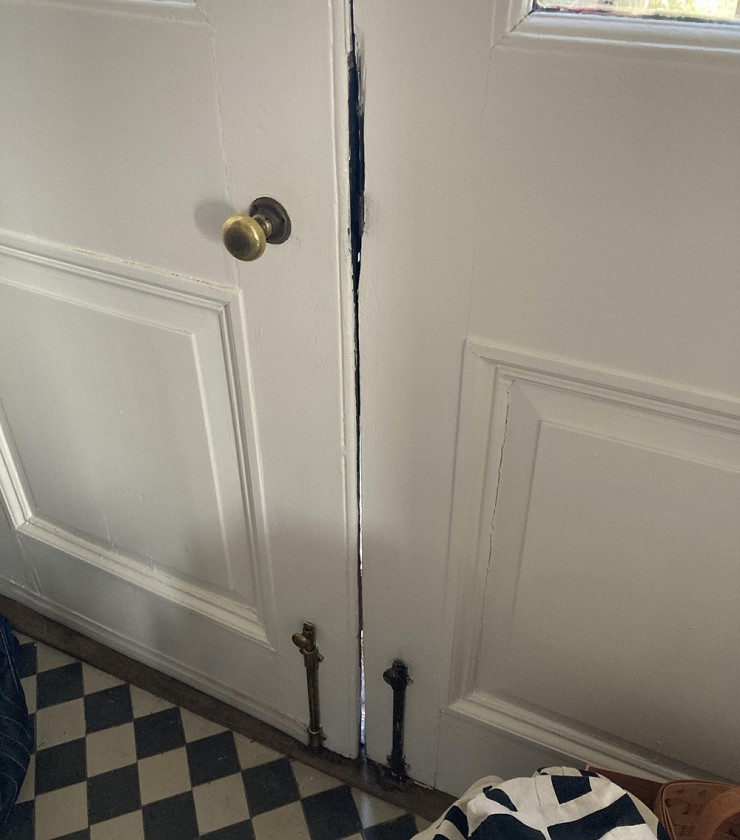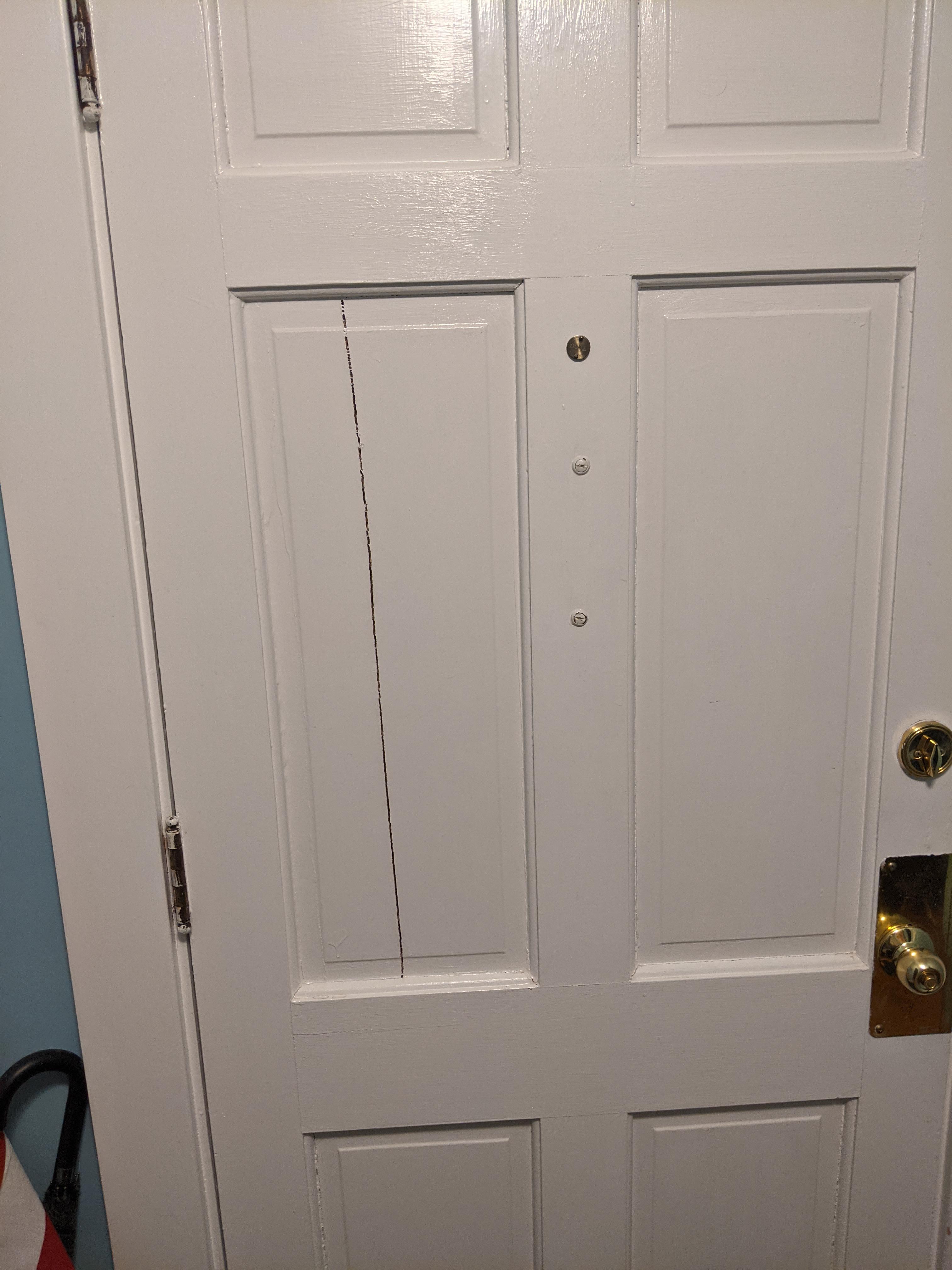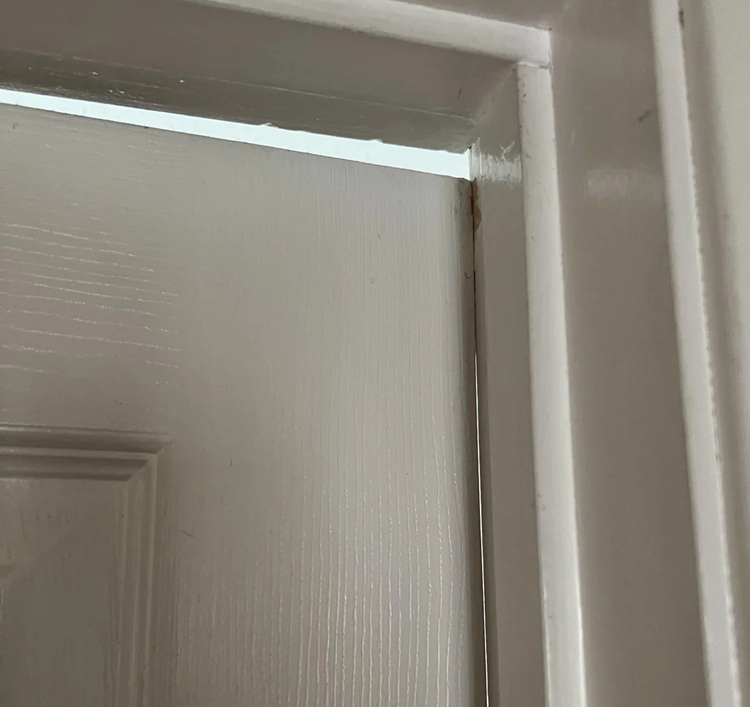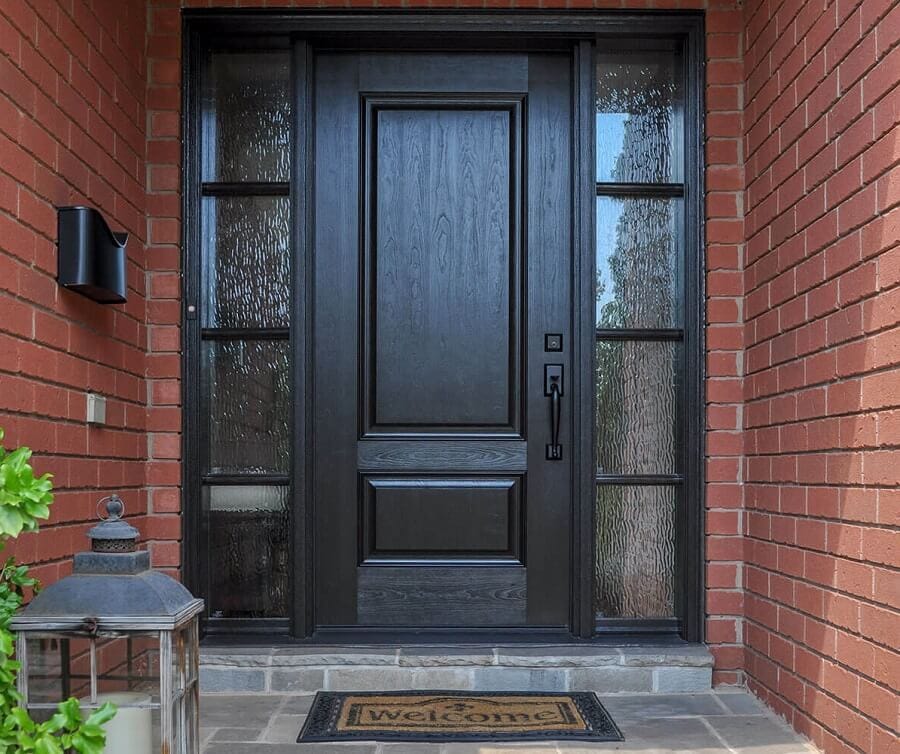When to Replace a Fiberglass Door In Toronto

Fiberglass doors are tough. They handle weather well, don’t rot like wood, and usually don’t need much attention. That’s why many homeowners pick them.
But they don’t last forever.
Over time, they wear down. And sometimes, the damage isn’t easy to spot. I’ve seen plenty of doors that look fine but let in cold air, stick when you open them, or just feel outdated.
So, how do you know when it’s time to let your old fiberglass door go? Let’s walk through it.
How Long Do Fiberglass Doors Last?
Most fiberglass doors last 15 to 20 years. Some go even longer if they’re high quality and properly installed.
But it depends on a few things.
If the door gets full sun every day or faces harsh winters, it’ll wear out faster. If it wasn’t installed right from the start, you’ll notice problems sooner. Even the best doors start showing signs after a while.
That’s when you need to take a closer look.
Signs It’s Time to Replace Your Fiberglass Door

Most fiberglass doors don’t fail overnight. The signs show up slowly. A little drag when closing. A breeze you didn’t feel last year. If you’re not paying attention, you might miss them.
Here’s what I tell homeowners to look for:
Cracks or Warping
Run your hand over the door. Feel any uneven spots? See cracks along the panel or edges?
That’s a red flag. Cracks let in water. Water leads to rot—sometimes even in the frame around the door. At that point, it’s not worth patching.
Drafts and Leaks
Stand close when it’s windy. Feel a chill? That’s air sneaking through.
Old fiberglass doors can lose their seal. Even if they close fine, the insulation may be shot. Your energy bills go up, and your comfort goes down.
Sticking or Misalignment

Does the door rub against the floor or frame? Lock not lining up?
This usually means the door has shifted or warped. Weather and age can cause it. You might be slamming or pulling just to get it shut. That’s not safe—or convenient.
Fading or Surface Damage
If the color has faded or turned chalky, the protective coating is likely gone. Sun can wear down even the best fiberglass over time.
You can try painting it. But if it’s badly faded or blotchy, replacing it might be the smarter move.
Mold or Moisture Around the Frame
Look at the edges and the bottom corners. Any signs of mold, rot, or soft spots?
That means water is getting where it shouldn’t. And once that starts, it spreads. A new door with proper sealing can stop the problem for good.
Can You Repair Instead of Replace?

Sometimes, yes.
A small crack near the bottom? You might patch it. Loose weatherstripping? Easy fix.
But when the problems stack up—like drafts, sticking, and visible wear—it’s smarter to replace.
Think long-term. Fixing it now might buy you a year. Replacing it gets you 15 more.
Benefits of Replacing a Worn-Out Fiberglass Door
A new door does more than just “look better.” It solves problems you might not even realize are connected to the old one.
Better Insulation
Modern fiberglass doors are built with improved cores and tighter seals. That means no more drafts, lower energy bills, and a more comfortable home year-round.
More Security
Old doors weaken over time. Locks don’t fit right. The frame may have shifted. A new door gives you solid protection—and peace of mind.
Curb Appeal
This one’s instant. A fresh door makes your entryway pop. Whether you go modern, traditional, or something bold, it changes how your home feels—outside and in.
Less Maintenance
New fiberglass finishes last longer. Some don’t need refinishing for over a decade. No peeling. No sanding. Just a quick wipe now and then.
Higher Home Value
Buyers notice the front door. So do guests. A clean, updated door makes a strong first impression and adds value if you ever plan to sell.
Choosing the Right Replacement Door
Replacing a door isn’t just fixing a problem—it’s a chance to upgrade your whole entryway. But it’s easy to get overwhelmed with all the options. Here's how I help clients decide:
Stick with Fiberglass? Usually, Yes.
Fiberglass is still a top choice. It's durable, energy-efficient, and can mimic wood without the upkeep. Unless you’re going for steel or real wood for a specific reason, fiberglass is a safe bet.
Fiberglass vs. Wood vs. Steel Doors
| Feature | Fiberglass | Wood | Steel |
|---|---|---|---|
| Durability | Very durable, resists warping | Can warp, crack, or rot over time | Strong but can dent or rust |
| Maintenance | Low maintenance | High—needs regular sealing/painting | Moderate—may need rust protection |
| Energy Efficiency | Excellent insulation | Moderate, depends on thickness | Good, but can transfer heat/cold |
| Weather Resistance | Handles moisture and extreme temps well | Poor in humid or wet climates | Good, but surface rust is a risk |
| Aesthetics | Can mimic real wood, various styles | Natural beauty, classic look | Basic look, can be painted |
| Cost | Mid-range | High | Usually lower cost |
| Security | Strong and secure | Fair—depends on build | Very strong |
| Lifespan | 15–20+ years | 10–20 years with care | 10–15 years |
Think About Style
Want glass panels? A solid slab? Something more modern?
Your front door sets the tone for your house. Choose something that fits your home’s look—but don’t be afraid to go bold if it suits your style.
Hardware Matters
Good hardware does more than look nice. It’s part of your home’s security. Choose handles, locks, and hinges that feel solid and match your design.
Don’t Skimp on Installation
Even the best door fails if it’s installed wrong. A tight, square fit makes all the difference. Always go with a pro who knows what they’re doing.











